Historical background
Ho Chi Minh, the nationalist leader, and prime-minister of Vietnam during the period, led the communist forces based in the north of the country to a victory against the French in 1954. Acting as the face of Vietnam, with high education and being a polyglot (French, English, Russian, Cantonese, Mandarin and Vietnamese), Ho Chi Minh participated in the Geneva conventions that led to splitting the country into communist North Vietnam and pro-American South Vietnam. He became the President of the Democratic Republic of Vietnam (North Vietnam) in 1945.
During the President Eisenhower administration, the Cold War anxieties dictated that the whole Southeast Asia region is in danger of being occupied by communists. The piece of resistance was believed to be South Vietnam: if this region would fall, the rest of the countries in the region would fall as by the domino effect. President John F. Kennedy took office in 1961 and pledged not to allow South Vietnam to fall into the hands of communism.
With a communist government in the north and a democratic government in the south, the country was split in two, at the 17th parallel north of latitude, and the tensions rose. A full scale war between the two countries emerged due to a series of events which included not only the Vietnamese, but leaders of USA, Australia, and other nations. These two countries were divided by a demilitarized zone, or simply DMZ, which acted as a buffer.
The Demilitarized Zone (DMZ)
The Vietnamese Demilitarized Zone was a demilitarized stretch of land situated approximatively one hundred kilometers north of the city of Huế, in the Quang Tri Province. It stretches from the border of Laos to Ben Hai River, which enters the South China Sea at 17 degrees N latitude.
The area that runs 5 km on either side of the border was declared a demilitarized zone. The area was active between 1954 and 1975 while it acted as a buffer between the South and the North. Ironically, the DMZ became one of the most militarized area in the world, with 7 tons (!!) of bombs per person being dropped, according to our guide.
The whole stretch of 10km is now covered in rice fields and it look very picturesque. Unfortunately the wounds of the war are still visible through underdevelopment, craters, and very young vegetation. The Vietnamese government managed to remove a big part of the bomb shells, but it is still not recommended to wander the stretch of land called as “the death zone“.
“The Vietnam war is still sleeping in our hearts and in our minds…” DMZ Vietnamese guide
As far as we managed to gather information, there are 72 memorial cemeteries in this area dedicated to the troops from the North. It seems, that there is only one for the troops that fought for the South, and it is located in Saigon city. Not much is left from the history except some memorials and the iconic Ben Hai river bridge, which is painted 50% in the color of the North, and 50% in the color of the South.
Khe Sanh Combat Base
The Khe Sanh Combat Base was an American army base situated on top of a 600m hill, with a great position for defense and attack. Khe Sanh is the name of the valley surrounded by these rolling mountains. The base and air-strip is located approximatively 23km away from the DMZ. After 5 months of intensive and exhaustive battles, with many casualties on both sides, the Vietnamese Liberation Army succeeded in taking over Khe Sanh military base.
On our visit, we could observe again that the vegetation around is very young due to the heavy bombing that took place in the area. The complex is currently under-developed and with little to show to the visitors, but the past is still embedded into those fields and hills. The whole land can be walked upon, since it has been cleared of unexploded bombs. We visited the military equipment that is still exposed: helicopters, tanks, and airplanes (Huey, Chinook, C130 and tanks, for the connoisseurs); we got a glimpse at the life in the trenches of a military base.
Even if the buildings of the military base were completely destroyed by the American troops upon departure, the airstrip, military equipments, spectacular mountain scenery and rugged jungles make it worth going. The chill of this place is definitely embedded in the hill and everything around it.
Little anecdote: a young couple came here to do wedding pictures in front of the planes and tanks…
Vinh Moc Tunnels
The Vinh Moc Tunnels are located in the vicinity of the DMZ, in central Vietnam. The tunnels were bomb shelters predominantly aimed for civilians, unlike the famous Cu Chi tunnels near Ho Chi Minh City, which were aimed at combat. The complex of tunnels of Vihn Moc is highly impressive. It represents the remains of a coastal North Vietnamese village that literally went underground in response to unremitting American bombing.
Using only primitive tools, 7000 workers managed to dig out a network of 1045m of underground passages in about 18 months. The local soil (clay) with limestone made it possible to dig deep into bomb-proof levels. The tunnels have been constructed on three different levels, due to the heavy attacks by the American troops: teh improved bombs could penetrate the soil up to 10 meters.
The whole village was living in these narrow tunnels, with medical area, meeting room, toilets, sleeping areas, and even a maternity. During the war there were 17 babies born inside the tunnels. Luckily springwater was accessible through wells. They barely got to see the sunlight until the war was over. The tunnel structure gave them a security from the bombing that were pouring on top of their heads. The inhabitants only ventured outside to plant and manage their fields, or what was left of them.
Our tour from Hue
We booked the DMZ tour with DMZ Tourist Information Centre ( http://dmztic.com/ ) directly at their counter office. They were helpful and the price was fair: approx. $20 per person as of March 2018.
Next day, we managed to be on the bus at 7:30 am, and we were off for departure with another 9 tourists, so the group was relatively small. Funnily enough we managed to be on the same bus with three other fellow travelers that we interacted with before (I hope you are reading this Lee 🙂 ).
The basic DMZ tour has the following stops on Highway 1 and Highway 9:
- Hien Luong Bridge (15 min stop)
- Ho Chi Minh Trail (15 min stop)
- The Rockpile (short stop)
- Khe Sanh Combat Base (1h stop)
- Ben Hai River (photo stop)
- Vinh Moc Tunnel (1h stop)
- Cemetery memorial (10 min stop)
The sightseeing ends around 4pm and after 2 hours of drive back to Hue, we finish the complete the tour at 6 pm. It is definitely a full day.

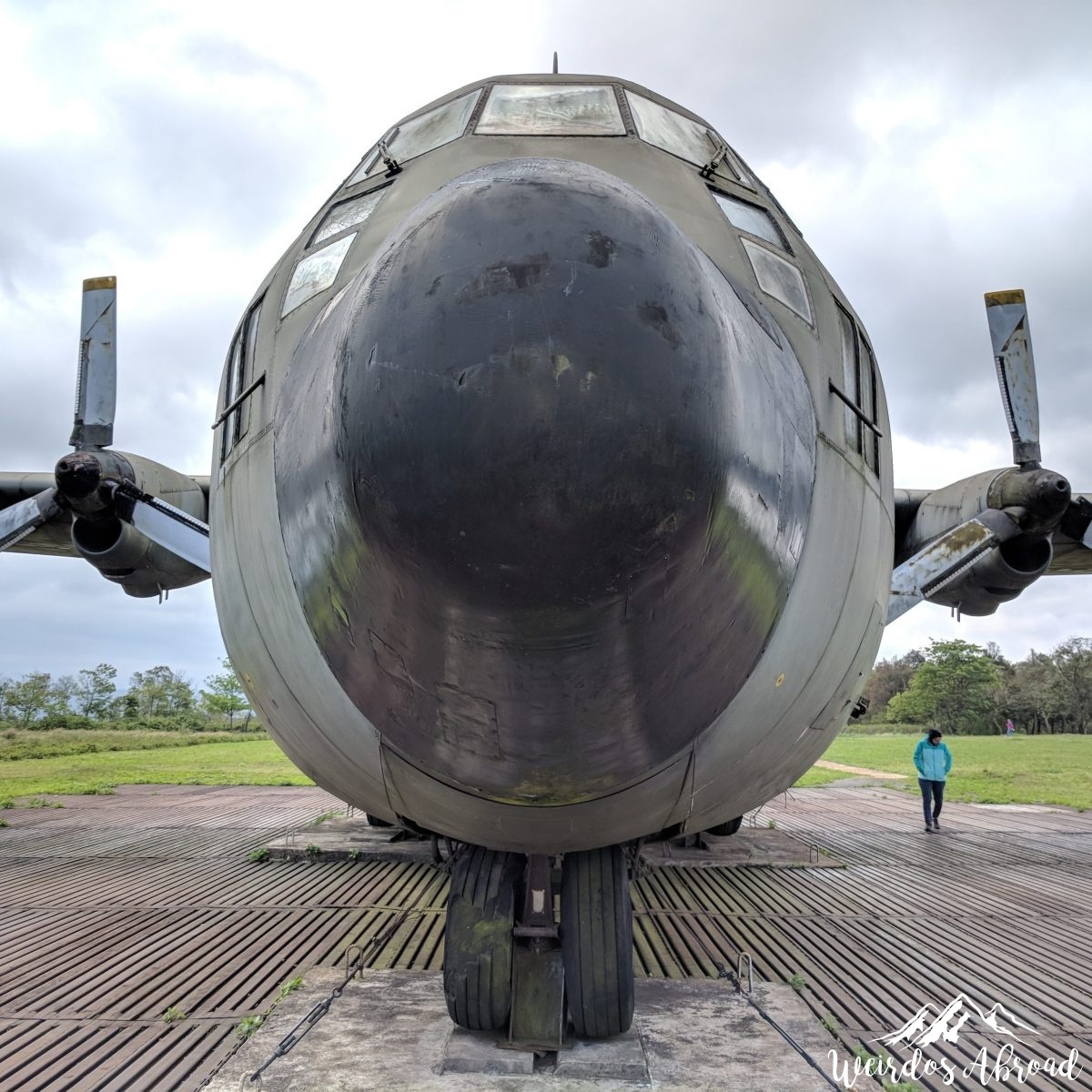
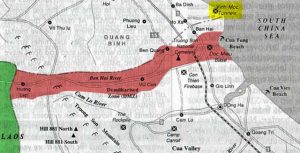
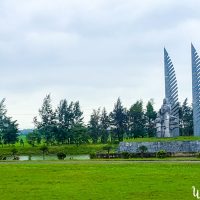
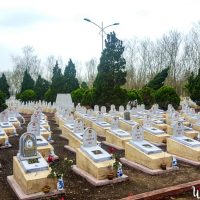
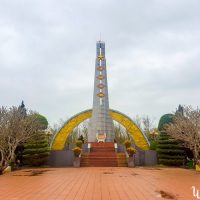
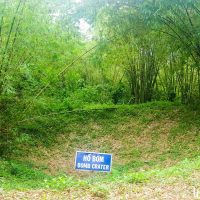
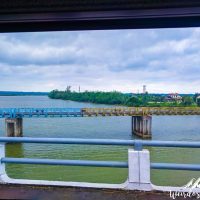
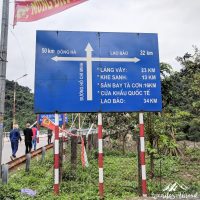
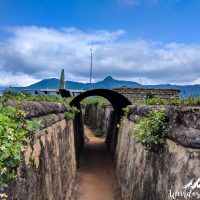
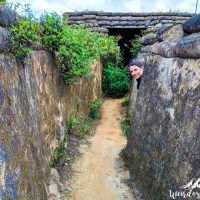
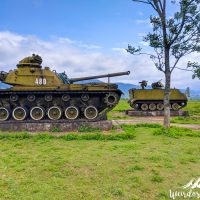

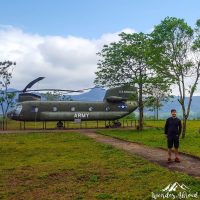
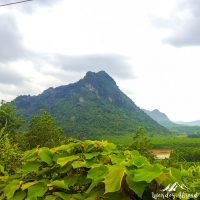
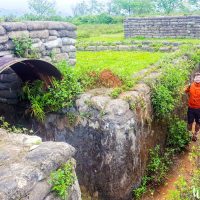
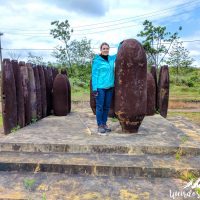
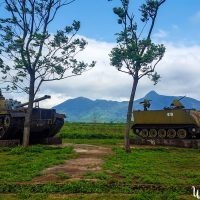
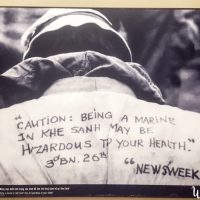
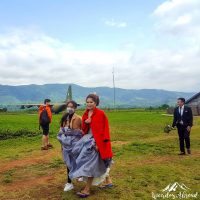
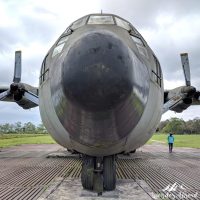
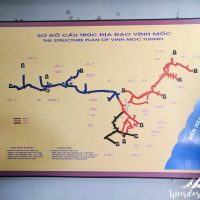
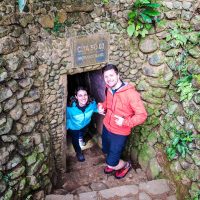
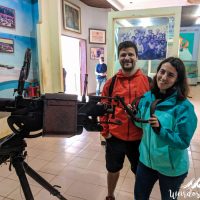
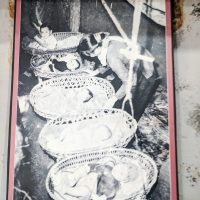
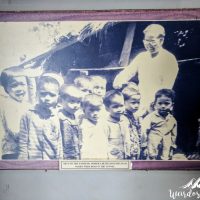
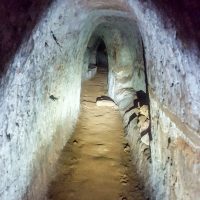
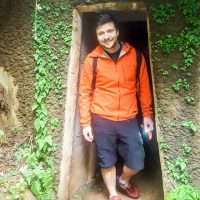
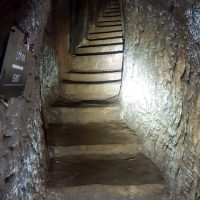

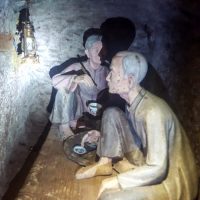
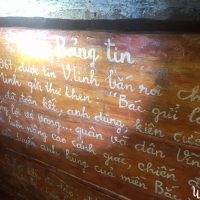
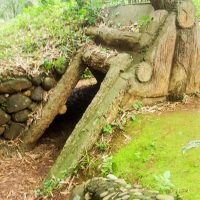

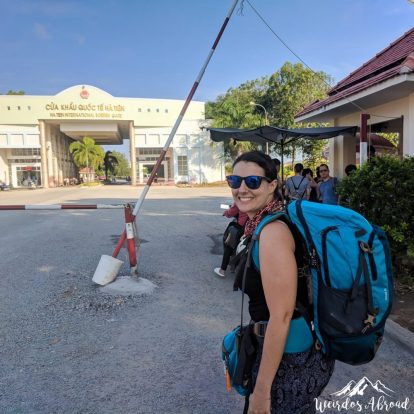
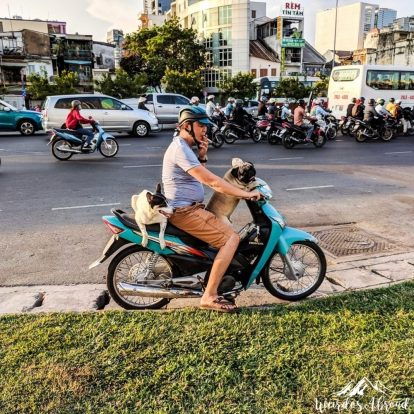
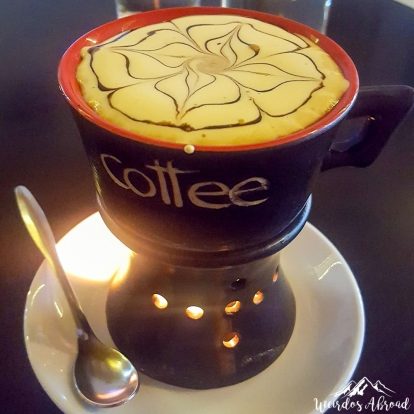
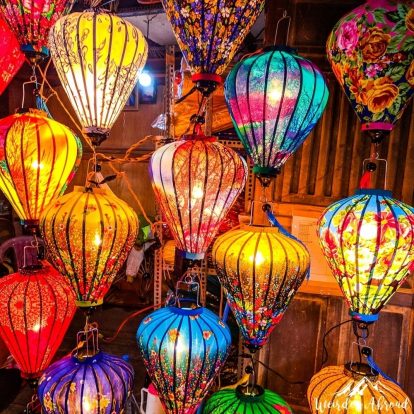
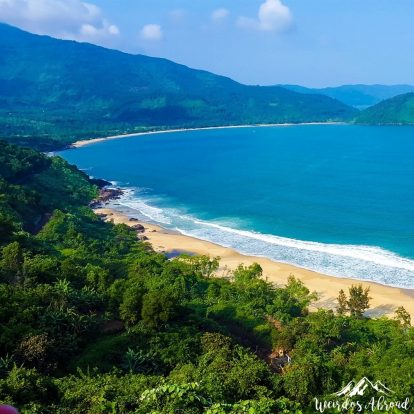
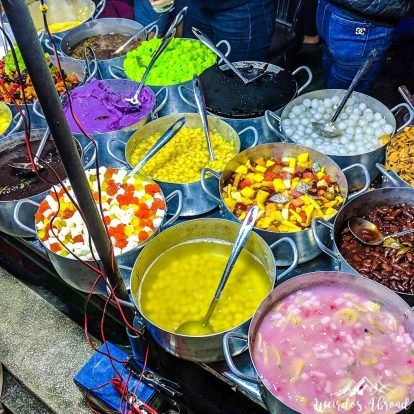
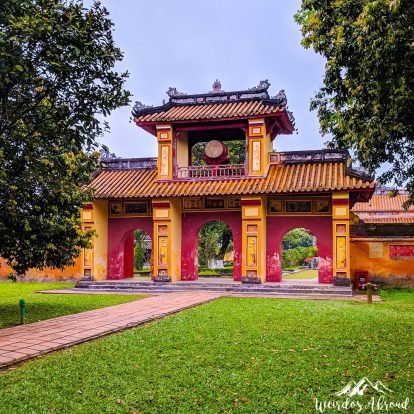
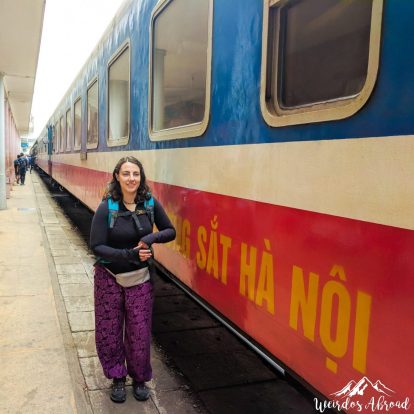
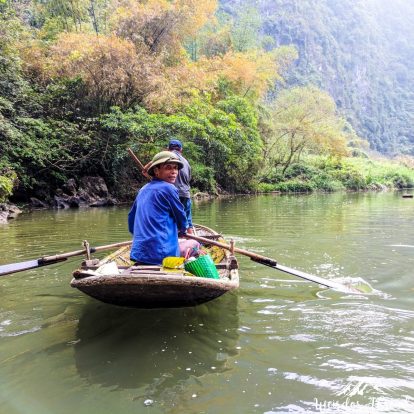
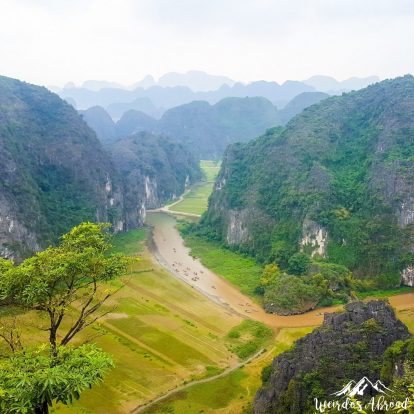
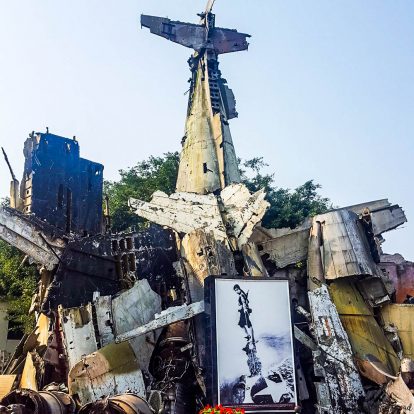
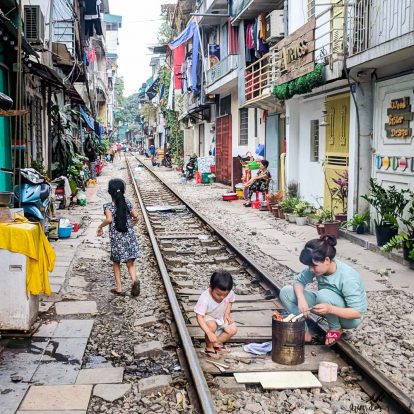
Awesome article, took the DMZ tour as recommended and it was the best day of my trip 🙂 Cheers from Vancouver.